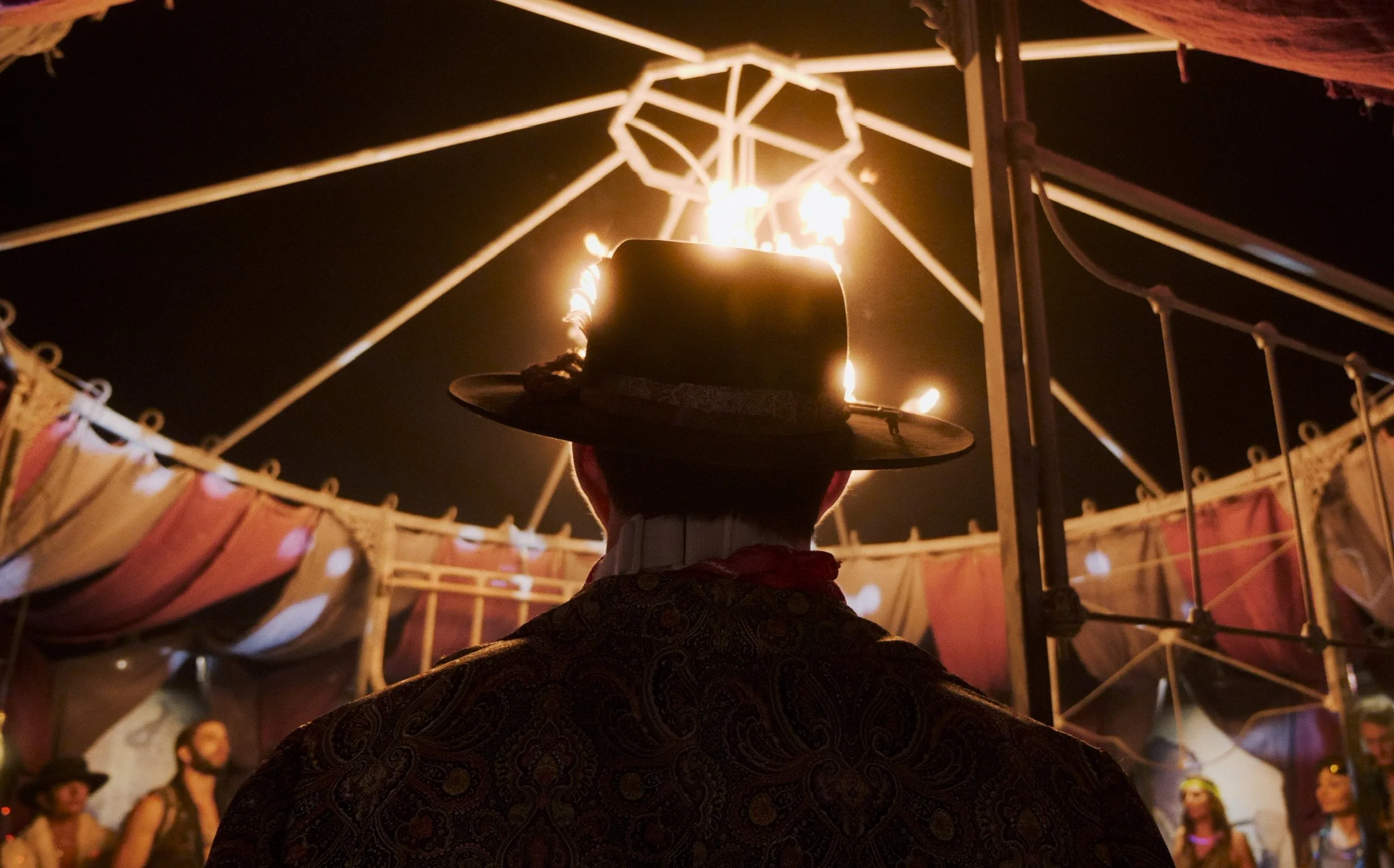Editing for Impact: Techniques to Elevate Your Film
Editing is a crucial phase in filmmaking that can make or break your final product. Here are some techniques to help you edit for maximum impact.
Understanding the Story
Before you start editing, understand the story you want to tell. Identify the key moments and emotions that drive the narrative. Use this understanding to guide your editing decisions and create a cohesive and engaging story.
Rhythm and Pacing
Editing is like music; it has a rhythm and pace that affects how the audience experiences the film. Experiment with different pacing to create tension, excitement, or calmness. Use cuts, transitions, and timing to control the flow of the story.
Visual Continuity
Ensure visual continuity by maintaining consistent lighting, color grading, and camera angles. Avoid jarring cuts that can disrupt the viewer’s experience. Smooth transitions and seamless cuts will keep the audience immersed in the story.
Sound Design and Music
Sound design and music are powerful tools that enhance the emotional impact of your film. Use sound effects to create atmosphere and music to underscore key moments. Pay attention to audio levels and sync sound with the visuals for a polished result.
Special Effects and Visual Enhancements
Special effects can add a wow factor to your film. Use visual effects to enhance scenes, create illusions, or add elements that were not possible during shooting. Be mindful of not overusing effects; they should complement the story, not overshadow it.

